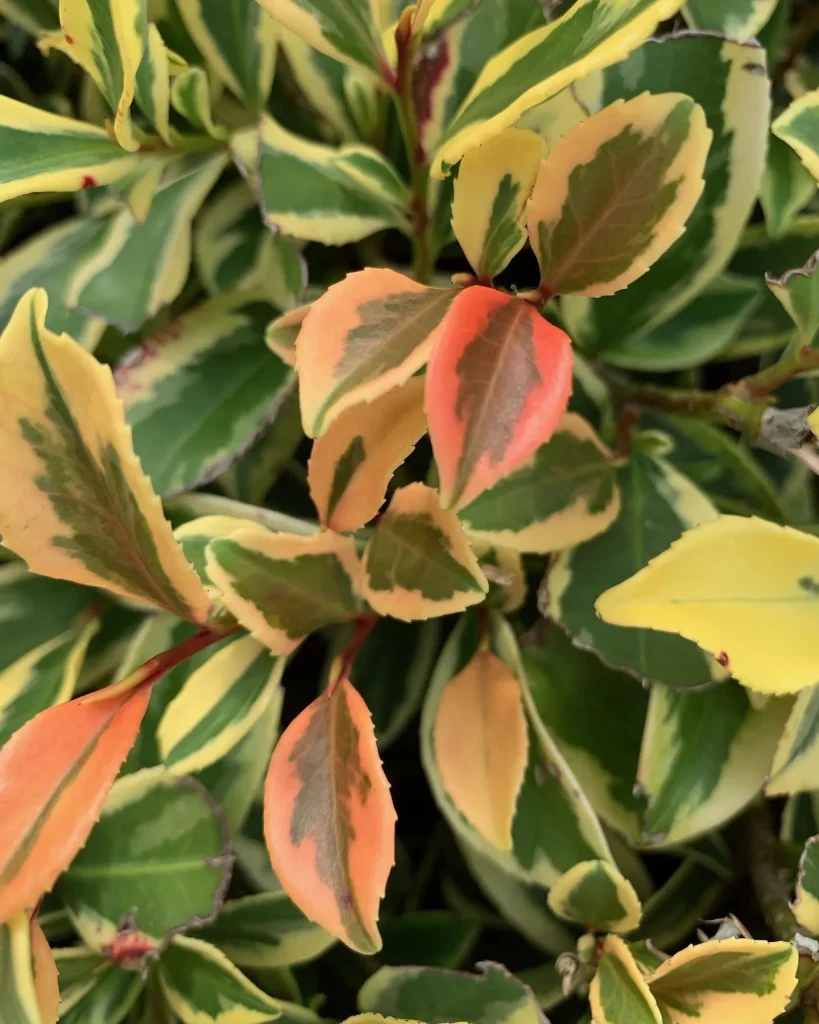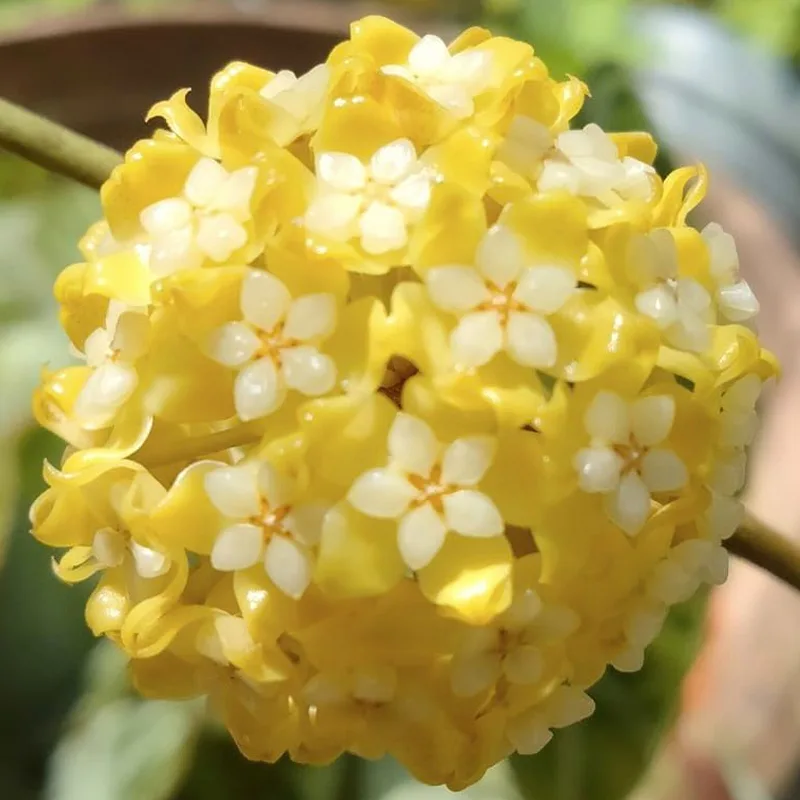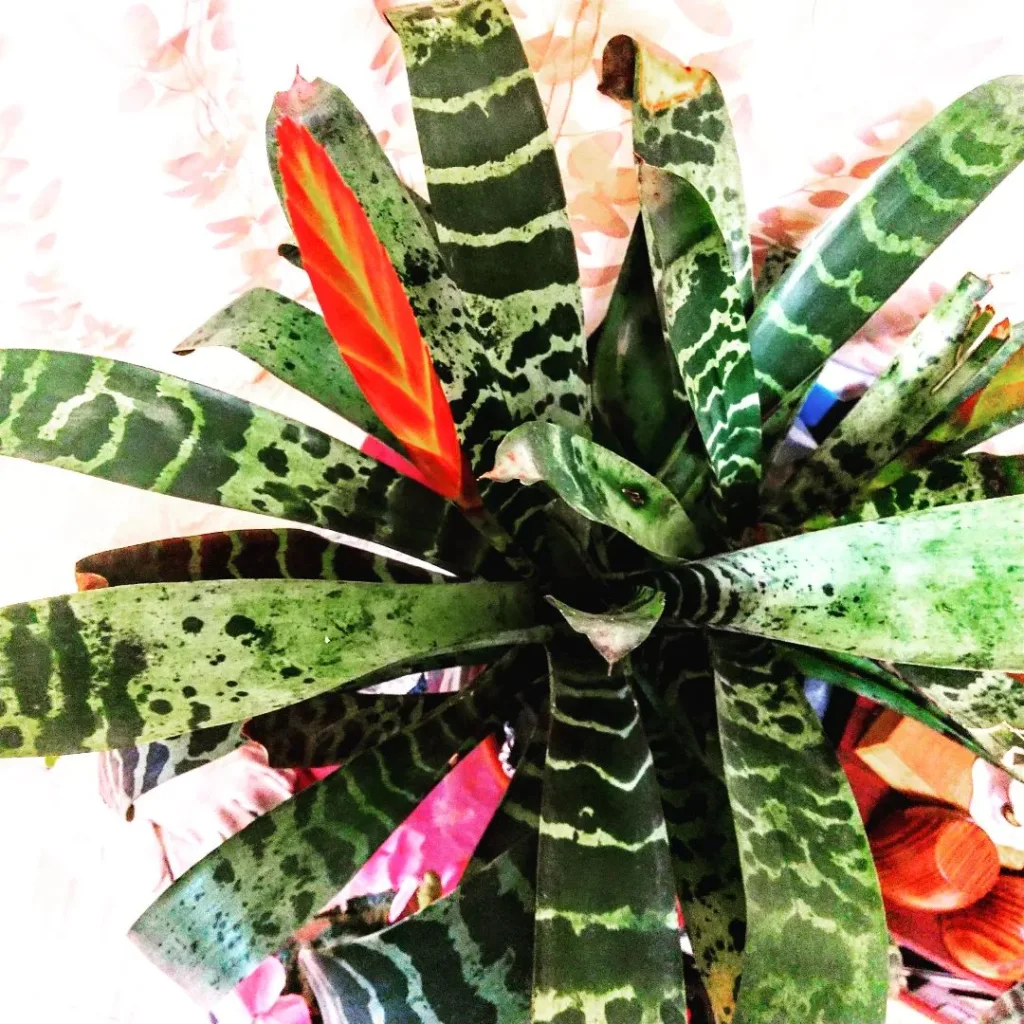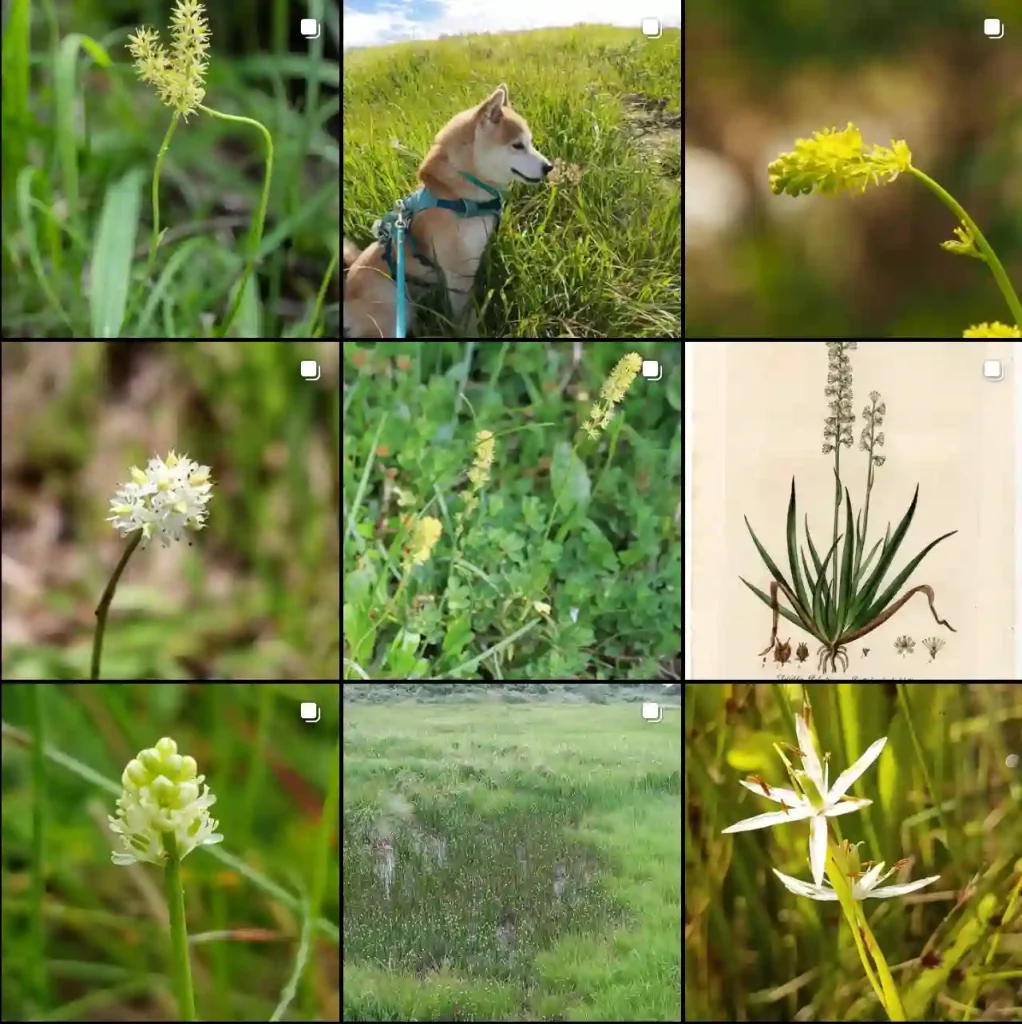What is Peperomia Elongata?
Hi, Ferb Vu here, and today I want to introduce you to the Peperomia Elongata, a captivating little houseplant that’s as easy on the eyes as it is to care for. Don’t let its small size fool you; this succulent stunner boasts unique, textured leaves and a compact, bushy growth habit that adds a touch of elegance to any indoor space.
While Peperomia Elongata might not be a household name yet, it’s quickly gaining popularity among plant enthusiasts for its resilience and low-maintenance needs. Here, I’ll answer some of the most common questions about this little gem, including its care requirements, ideal growing conditions, and how it compares to other popular Peperomia varieties.
1424 Species in Genus Peperomia
Light
Peperomia Elongata thrives in bright, indirect light. Think dappled sunlight filtering through a sheer curtain. Direct sun can scorch the delicate leaves, so avoid placing it on a south-facing windowsill. Conversely, too little light can cause leggy growth, with the stems stretching out in search of more sunshine. If your home lacks sufficient natural light, consider supplementing with grow lights.
Water
One of the biggest advantages of Peperomia Elongata is its forgiving nature when it comes to watering. Unlike some finicky houseplants, this little guy doesn’t mind drying out completely between waterings. In fact, overwatering is the leading cause of problems for Peperomia Elongata. The best way to water is to check the soil – when the top inch feels dry to the touch, it’s time to give it a drink. Drench the soil thoroughly until water runs out the drainage holes, then discard any excess water that collects in the saucer.
Soil
Peperomia Elongata prefers a well-draining potting mix. A standard succulent or cactus mix works well, or you can create your own by combining equal parts potting soil, perlite, and orchid bark. This combination provides excellent drainage and aeration, preventing root rot.
Temperature and Humidity
Peperomia Elongata is a happy camper in average household temperatures between 65°F and 80°F (18°C – 27°C). It’s not a fan of extremes, so avoid placing it near cold drafts or heat vents. While it tolerates average room humidity just fine, you can occasionally mist the leaves with filtered water, especially during dry winter months, to give it a bit of a boost.
Fertilizer
Peperomia Elongata isn’t a heavy feeder. A weak dose of balanced liquid fertilizer applied once a month during the growing season (spring and summer) is sufficient. During the colder months, when growth slows, you can hold off on fertilization altogether.
Propagation
If you’d like to propagate your Peperomia Elongata and share its beauty with friends, it’s quite straightforward. You can propagate through stem cuttings or leaf cuttings. For stem cuttings, take a healthy stem tip with a few leaves attached. Plant it in a pot with moist, well-draining soil and keep it in bright, indirect light. For leaf cuttings, remove a healthy leaf and its petiole (stalk). Insert the petiole into a pot with moist soil and care for it like a stem cutting.
Common Problems
While Peperomia Elongata is generally a trouble-free plant, there are a few issues to watch out for:
- Overwatering: As mentioned earlier, this is the most common problem. Yellowing leaves, dropping leaves, and mushy stems are all signs of overwatering. If you see these symptoms, allow the soil to dry out completely between waterings and adjust your watering schedule.
- Pests: Mealybugs and scale can occasionally bother Peperomia Elongata. You can treat them with insecticidal soap or neem oil spray.
- Brown leaves: This can be caused by underwatering, sunburn, or simply old leaves dying off naturally. Remove brown leaves to maintain a neat appearance.
Peperomia Elongata vs. Other Peperomia Varieties
There are over 1,000 varieties of Peperomia, each with its own unique charm. Here’s a quick comparison of Peperomia Elongata to two other popular types:
- Peperomia Obtusifolia (Baby Rubber Plant): This variety boasts larger, glossy leaves and a more upright growth habit. It also requires slightly more frequent watering than Peperomia Elongata.
- Peperomia Watermelon: This eye-catching variety features round, watermelon-patterned leaves. It thrives in similar conditions to Peperomia Elongata but might require slightly more humidity especially if you live in a particularly dry climate.
Overall, Peperomia Elongata is a fantastic choice for plant beginners and seasoned enthusiasts alike. Its compact size makes it ideal for apartments or smaller spaces, and its easy-going nature ensures you won’t have to spend hours fussing over it. With a little TLC, this little charmer will reward you with its lush foliage and unique beauty for years to come.
If i die, water my plants!



